The day I spent at Porthcurno Beach and the Telegraph Museum in Cornwall felt like stumbling onto a well-kept secret. Those white sands, edged by dramatic granite cliffs, looked just as good as any postcard, but there’s so much more here than first meets the eye.
Between lounging on the golden sand, poking around the world-famous Telegraph Museum, and taking in the Minack Theatre’s wild view over the cliffs, I found just the right mix of natural beauty and fascinating history.
Walking the coastal path above Porthcurno, I suddenly spotted the Minack Theatre perched like a stone balcony above the sea. Its outdoor stage sat framed by waves and sky.
Down on the sand, kids played while curious visitors ducked into tunnels at the museum, learning stories from the early days of global communication. Every corner of this tiny village seemed to offer another reason to slow down and look around.
If you’re heading to Cornwall, Porthcurno is a spot that really delivers on both scenery and memorable moments. Whether you love local history, crave dramatic coastal views, or just need a peaceful place to chill, this tucked-away bit of Cornwall has a knack for surprising you.

Golden Sands of Porthcurno Beach
Porthcurno Beach in Penwith, Cornwall, won me over right away with its soft, golden sand and bright turquoise water. The beach sits tucked between steep cliffs, so it feels hidden and quiet, with views stretching out to the wide Atlantic.
Family-Friendly Seaside Experiences
As a family beach, Porthcurno has a lot going for it. The sand is fine and clean, just right for building castles or flopping down with a book.
Lifeguards watch over the main season, so I felt good about swimming and letting younger kids splash at the edge. The gentle slope into the sea made things even safer, though I always kept an eye out for surprise currents.
Toilets sit nearby, and the main car park is just up the steps. That made trips with kids or heaps of beach gear much easier.
I saw families spread out with picnic blankets and buckets, soaking up the sun and the view. Dogs aren’t allowed in summer, which keeps things calm and tidy.
Here’s what I found most useful for families:
| Feature | Notes |
|---|---|
| Lifeguard | Summer season only |
| Toilets | Small charge, near car park |
| Shade | Limited, bring umbrellas |
| Food | No beach cafe, pack snacks |

Breathtaking Coastal Scenery and Walking Trails
The landscape kept me lingering. The beach sits right below the Minack Theatre, a famous outdoor stage carved into the granite cliff.
Looking up, I could spot the theatre’s stone seats and the green hills rolling behind it. For walkers and hikers, Porthcurno is a treat.
The South West Coast Path passes nearby, with clear signs for long walks or easy strolls. I tried a popular route heading west toward Land’s End.
The narrow trail twisted along the cliffs, showing off hidden coves and wildflowers. Trekking shoes help, especially after rain when the granite gets slick.
The sea views made every step worth it. I passed a few walkers, most stopping for photos or to watch the waves slam into the rocks.
Honestly, it felt like stepping into a wild, windswept bit of Britain.
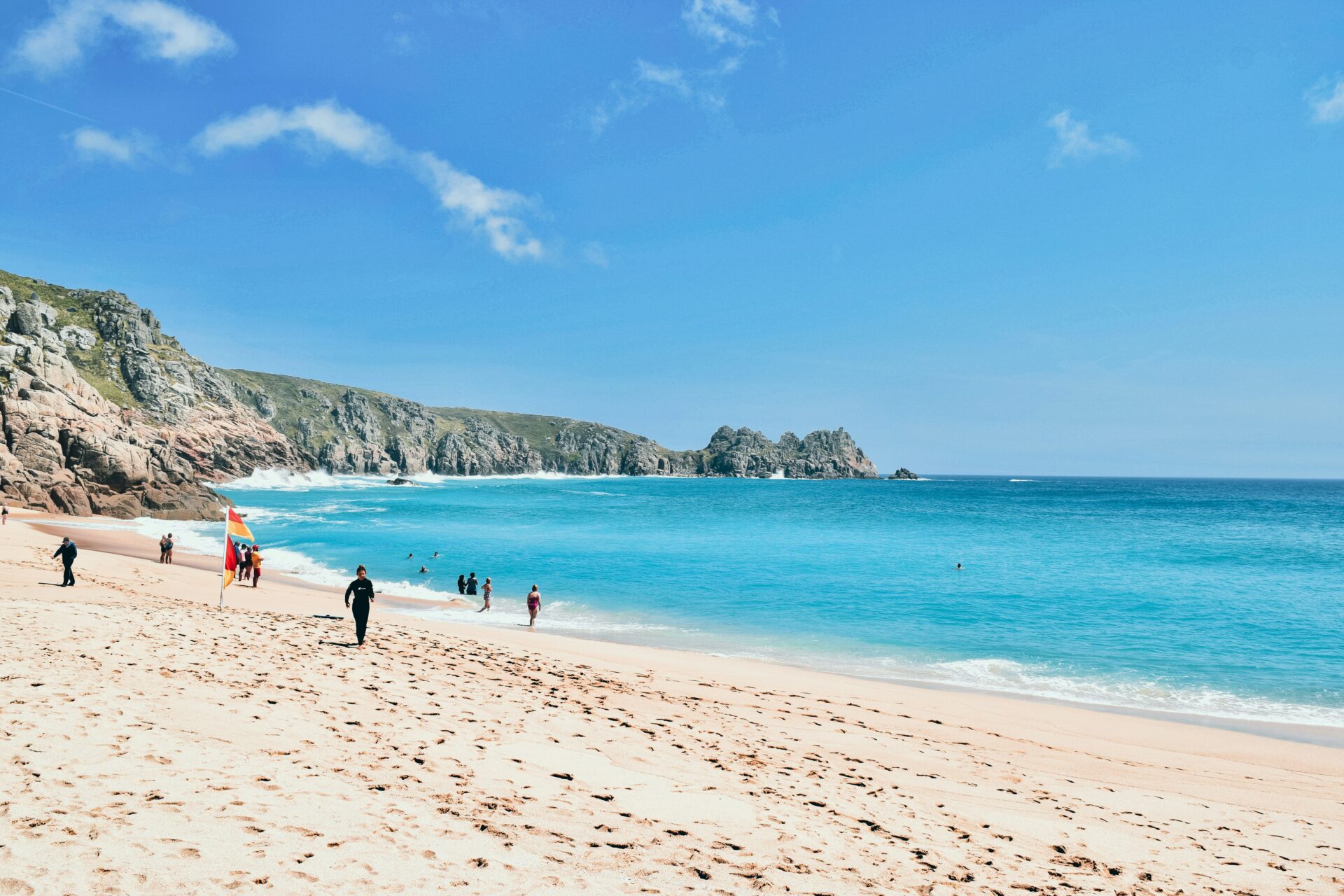
Wildlife Encounters on the Shore
Wildlife fans will find plenty to spot at Porthcurno. From my towel, I often saw seabirds gliding overhead or diving into the shallows.
Bird watching along the cliffs is rewarding—razorbills and fulmars are regulars, and with luck, you might spy a peregrine falcon.
Early mornings are the best for wildlife. On one visit, I spotted a grey seal bobbing near the rocks, its head poking through the surf.
Tide pools at low tide teemed with tiny creatures—crabs, anemones, shrimp darting between stones. Kids crowded around the pools, nets in hand, giggling at each new find.
Here’s a quick list of common wildlife I noticed around the beach:
- Grey seals
- Razorbills
- Fulmars
- Rockpool creatures (crabs, anemones, shrimp)

Weather and When to Visit
Porthcurno’s weather changes on a dime. I’ve been there on warm, sunny afternoons and on gusty, cloudy days.
In summer, the sun usually shines brightest from June to early September. These months get busy fast, so showing up early gets you the best spot.
Spring and early autumn are quieter, with mild temperatures and fewer crowds—just right for hiking or bird watching. I always pack a light rain jacket, because Cornish weather loves a surprise.
Off-season visits mean cooler water for swimming, but the scenery doesn’t lose any magic, and parking gets a lot easier.
If you’re planning a visit:
- Peak season: June to September (beach is busiest, lifeguards on duty)
- Weather tip: Bring layers, sunblock, and check the forecast
- Best for: Swimming in summer; walking and wildlife spotting in spring or autumn
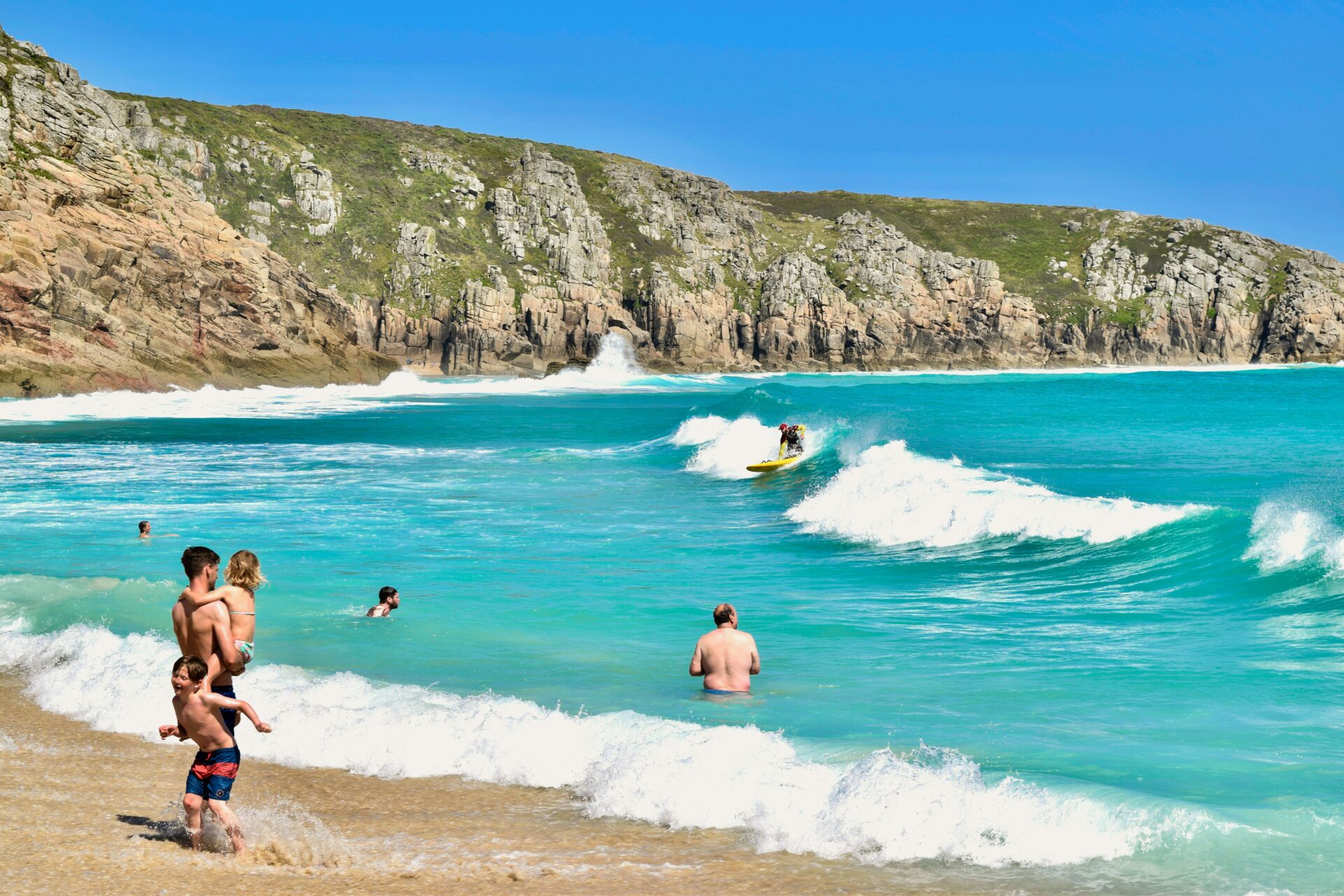
The Telegraph Museum: Discovering Hidden History
Visiting the Porthcurno Telegraph Museum felt like stepping into a secret world tucked beneath Cornwall’s coastline. I found myself surrounded by stories of communication that stretched way beyond the golden sands outside.
Origins of Communication in Porthcurno
I didn’t expect this quiet valley to have such a wild history. Back in the 1870s, engineers laid the first undersea telegraph cables here, linking Britain to India and Australia.
This tiny Cornish valley became the heart of global communication. Walking through the museum’s old tunnels, I got up close to thick cables and ancient switchboards.
Historic photos and detailed displays helped me imagine the telegraph operators who lived and worked here. Porthcurno’s story isn’t just technical—it’s about people who connected empires and shaped global news, all from this remote spot.
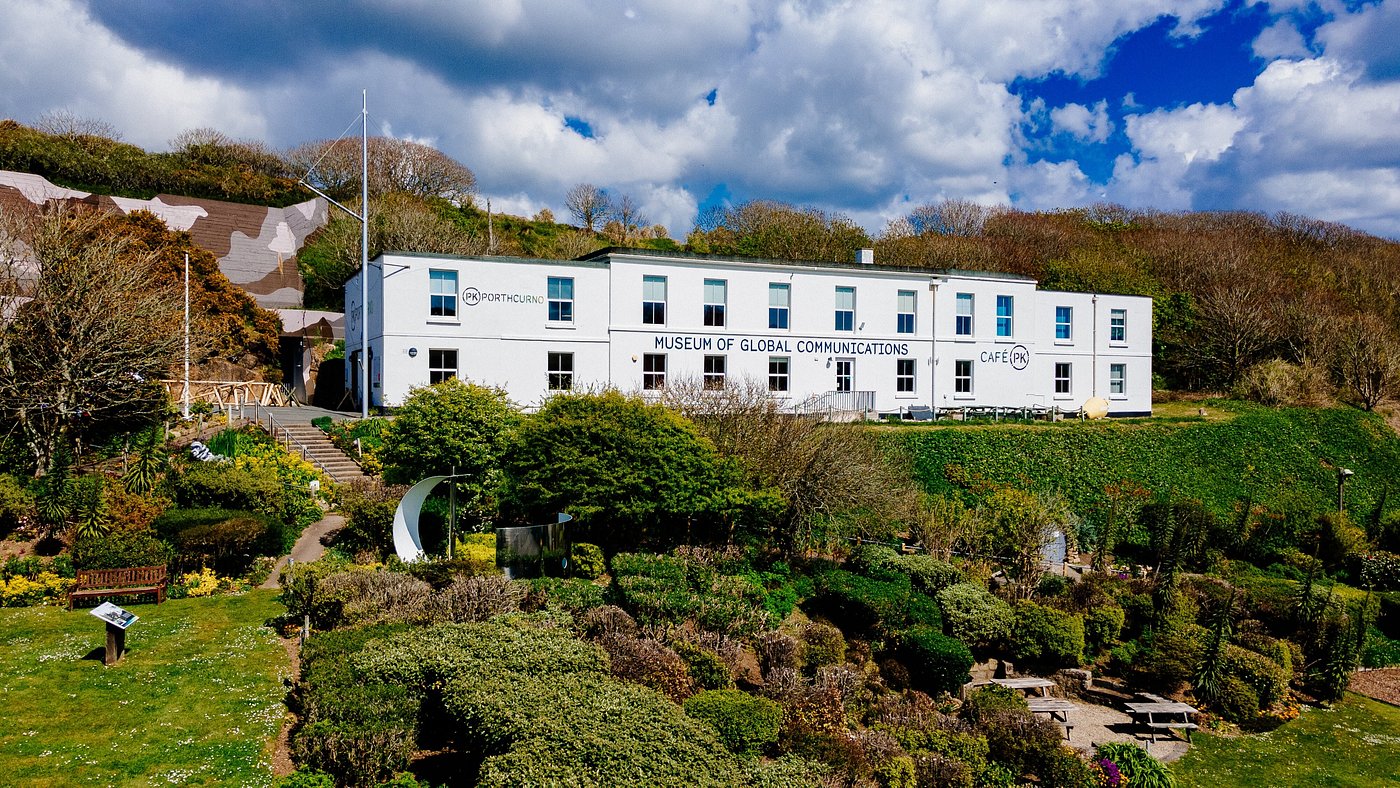
Hands-On Exhibits and Educational Shopping
The museum really made history hands-on. Interactive exhibits let me try sending messages in Morse code and explore how signals travel under the sea.
Families gathered around demo tables, and kids loved pressing buttons or watching animated diagrams. The museum shop deserves a mention.
It’s not just souvenirs; I found books on cable history and science kits that made learning about communication fun at home. There’s even a section of educational toys, which is perfect if you’re visiting with kids or just want to dig a bit deeper.
Browsing the shop felt like an extension of the museum—another way to bring a piece of this history home.
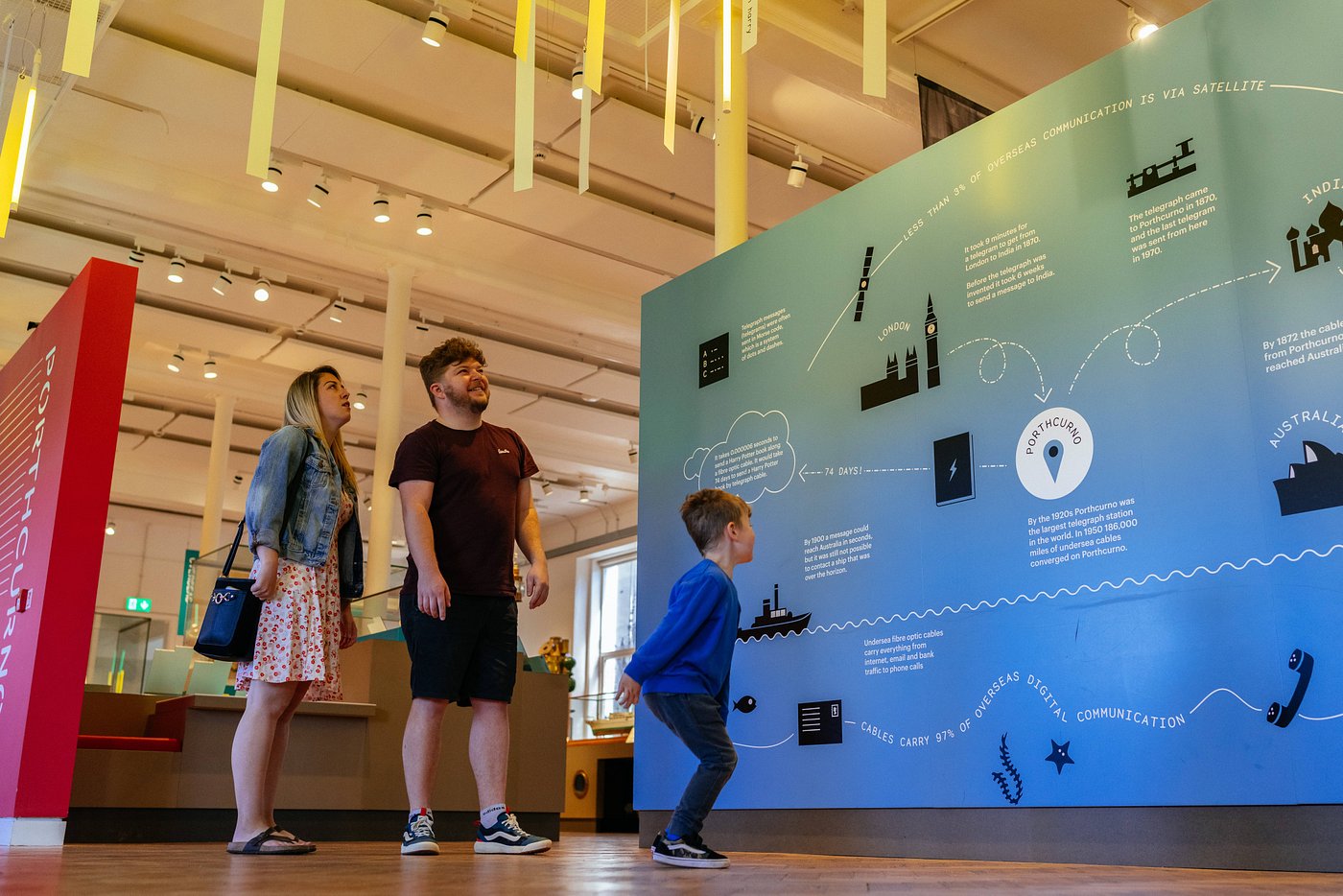
Heritage and Supporting Local History
Supporting the Telegraph Museum goes beyond buying a ticket. It helps preserve a real slice of British heritage.
I liked seeing how admission fees, including passes like the Great British Heritage Pass, help maintain the tunnels and archives that show off Cornwall’s role in global events.
Displays highlighted community involvement and the way local volunteers keep the museum’s legacy alive. This focus on heritage runs throughout, from stories about British telegraph achievements to exhibits on Porthcurno’s ongoing role in modern networks.
If you value authentic history, supporting the museum directly helps keep these stories alive for future visitors.
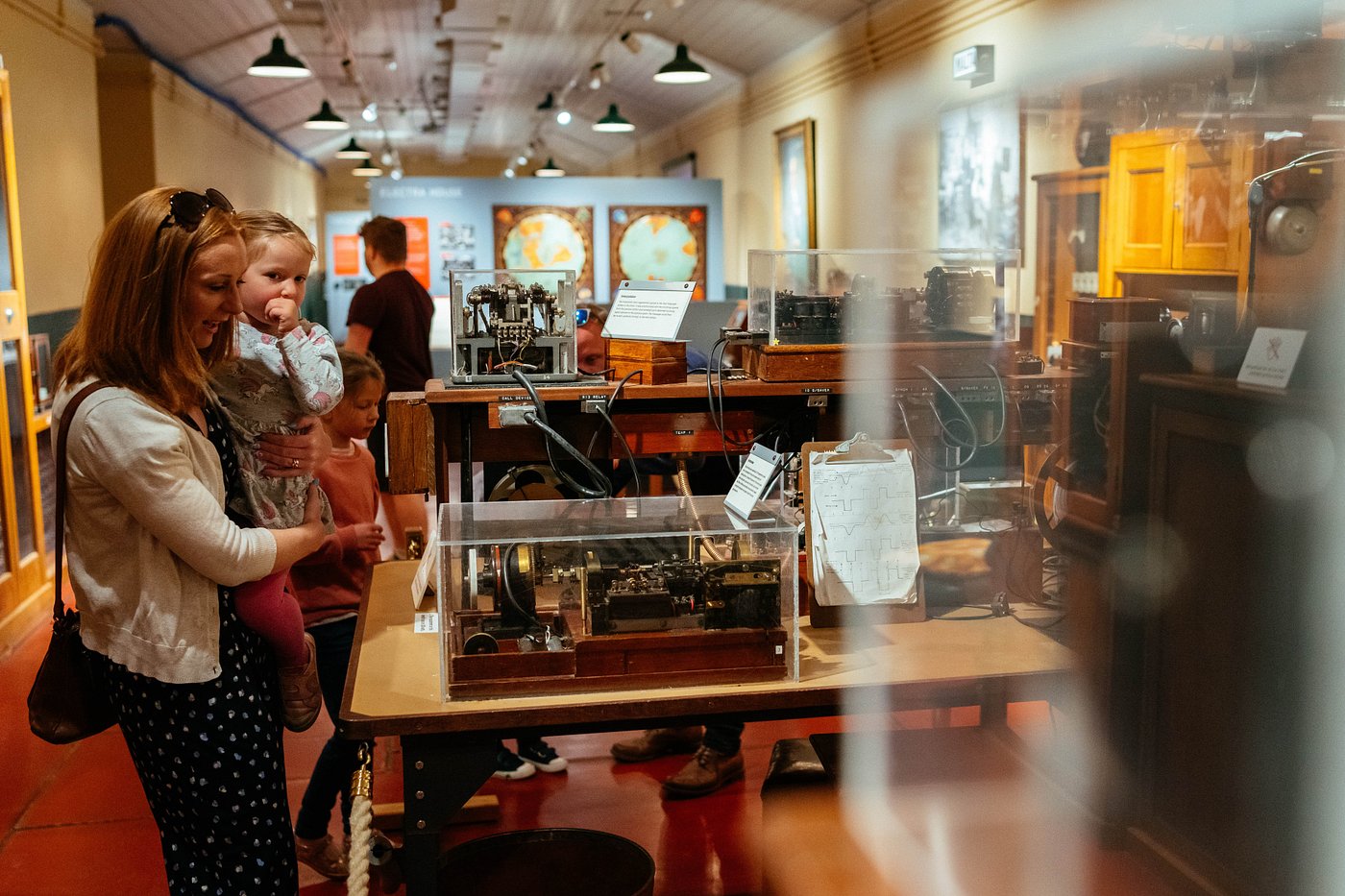
That Famous Minack View: The Minack Theatre Experience
High above Porthcurno’s turquoise waters, the Minack Theatre sits, blending wild coastal scenery with seriously impressive human effort.
From the moment I arrived, I knew this wasn’t just a theatre—it was a destination, full of history, gardens, and jaw-dropping views.
Capturing the Iconic Cliffside Amphitheatre
It’s hard not to be wowed by the Minack Theatre’s perch. Carved straight into a granite cliff, the amphitheatre towers over Porthcurno Beach with sweeping views of the ocean.
I found the scenery mesmerizing, especially where sky and sea seemed to blur together just beyond the stage. Every direction begged for a photo.
On sunny days, the sea sparkled, making the entire setting feel like a movie. Even walking the steep stone steps, I noticed how every seat had its own perfect view.
The gardens around the theatre surprised me. Colorful and carefully tended, they softened the rugged stone and added a peaceful touch before the drama on stage even started.
The mix of lush gardens and wild cliffs made the Minack feel both planned and a little untamed.
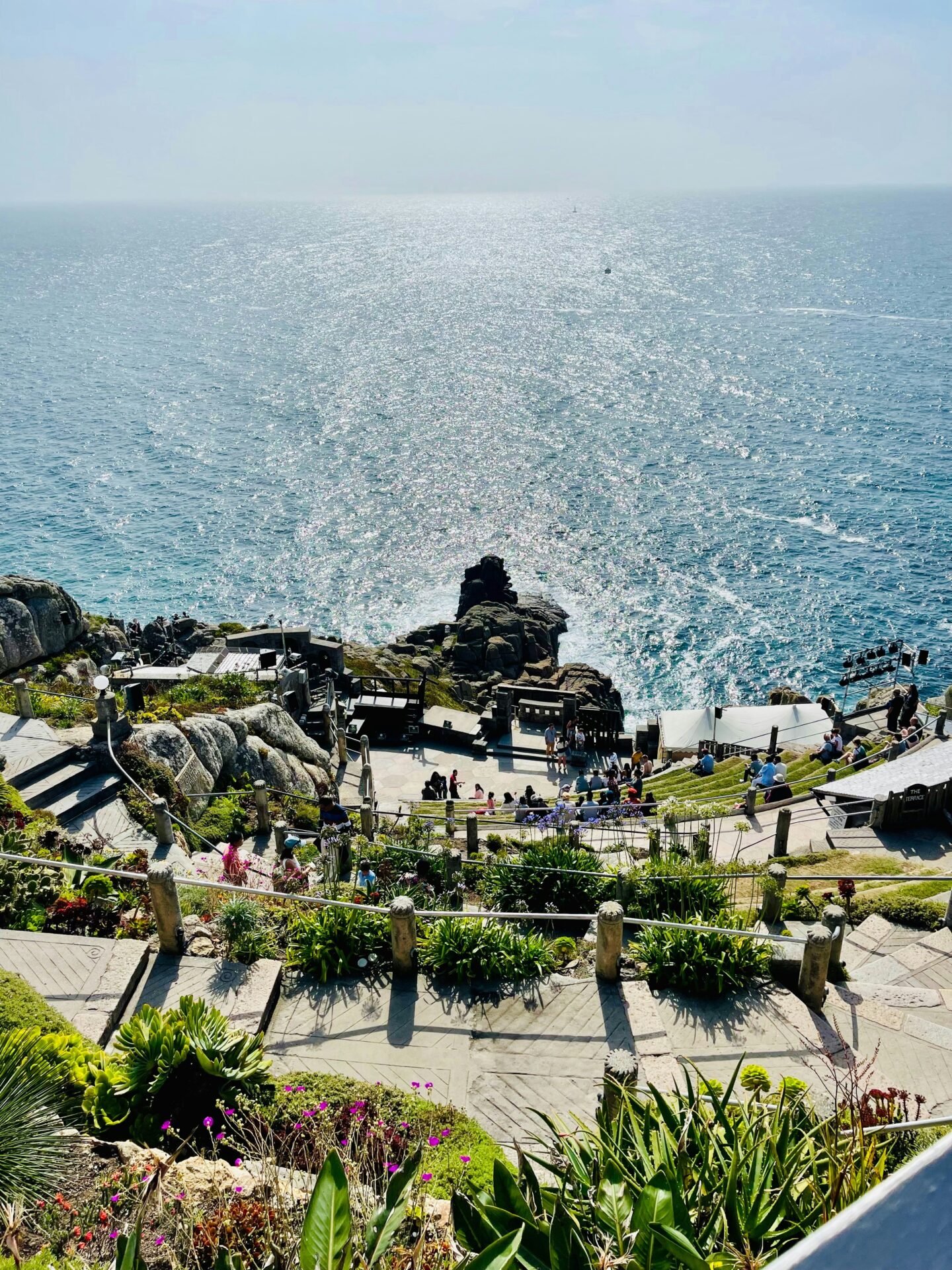
Attending an Outdoor Show
Watching a show at the Minack Theatre was something else. Seagulls circled, waves crashed below, and every sound drifted on the sea breeze.
Festivals and events run all year, so finding a performance is easy, but I’d book ahead—seats fill up quickly.
Most people bring something soft to sit on, since the stone benches can get uncomfortable after a while. Even on cool evenings, the buzz in the audience kept everyone focused on the stage.
The changing light transformed everything. As the sun dipped, the stage glowed gold and the sea faded to deep blue.
The Minack experience isn’t just about the play—it’s about sharing a moment in one of Cornwall’s most spectacular spots.

Making the Most of Your Trip: Practical Tips & Enjoyable Moments
When I visited Porthcurno, I learned that a bit of planning really pays off. Small things—like sorting out parking ahead of time or knowing where to grab the best Cornish pasties—turned a day at the beach and museum into a smooth adventure.
Parking and Accessibility Insights
On busy days, parking at Porthcurno Beach fills up fast, especially during school breaks or sunny weekends. I arrived around mid-morning and found a spot in the main car park, but latecomers weren’t so lucky.
I’d say get there early to avoid circling for a spot. The walk from the car park to the beach is short, with a gentle slope.
Families with strollers or grandparents can manage it, though it pays to take your time. Some paths and tunnels near the Telegraph Museum are narrow, so patience helps—waiting your turn makes things easier for everyone.
Accessible toilets are available, and most surfaces are even. If you need extra support, the tourist info staff at the museum or on the beach are friendly and happy to help.
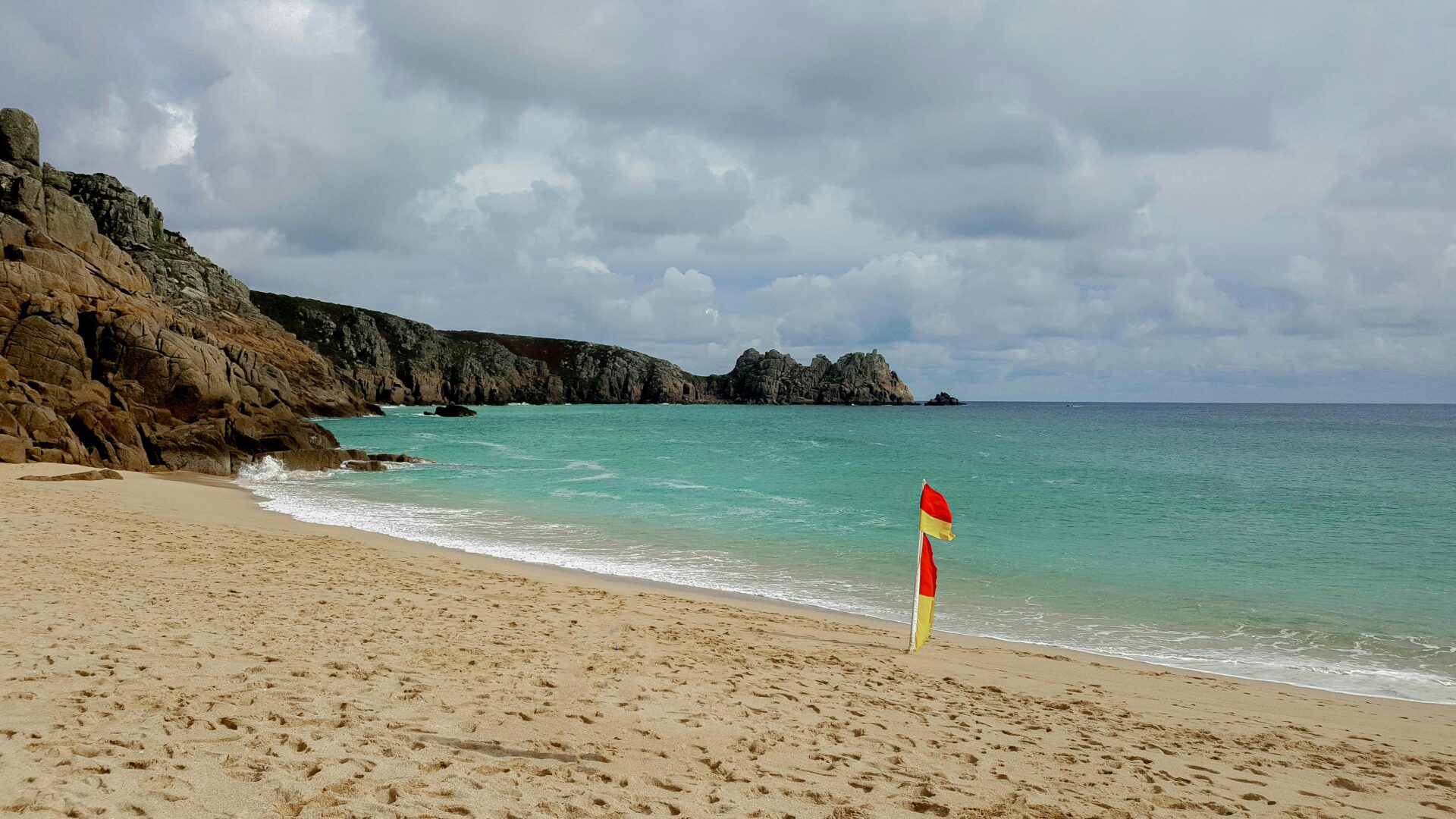
Picnicking, Food, and Local Flavors
Nothing beats a seaside picnic, and Porthcurno is made for it. I brought sandwiches and snacks to eat right on the sand.
If you’d rather skip packing food, the nearby café serves simple but tasty things like fish and chips, Cornish pasties, and hot drinks. A short stroll up the lane took me to the Cable Station Inn, where the pub food and friendly staff made lunch a highlight.
For fresh seafood, St Petroc’s Bistro in the area is a solid choice—it’s well-known for local flavors. If you’ve got a sweet tooth, don’t miss the Cornish ice cream stands near the beach.
Tables and benches dot the area, so it’s easy to snack while soaking up the views.
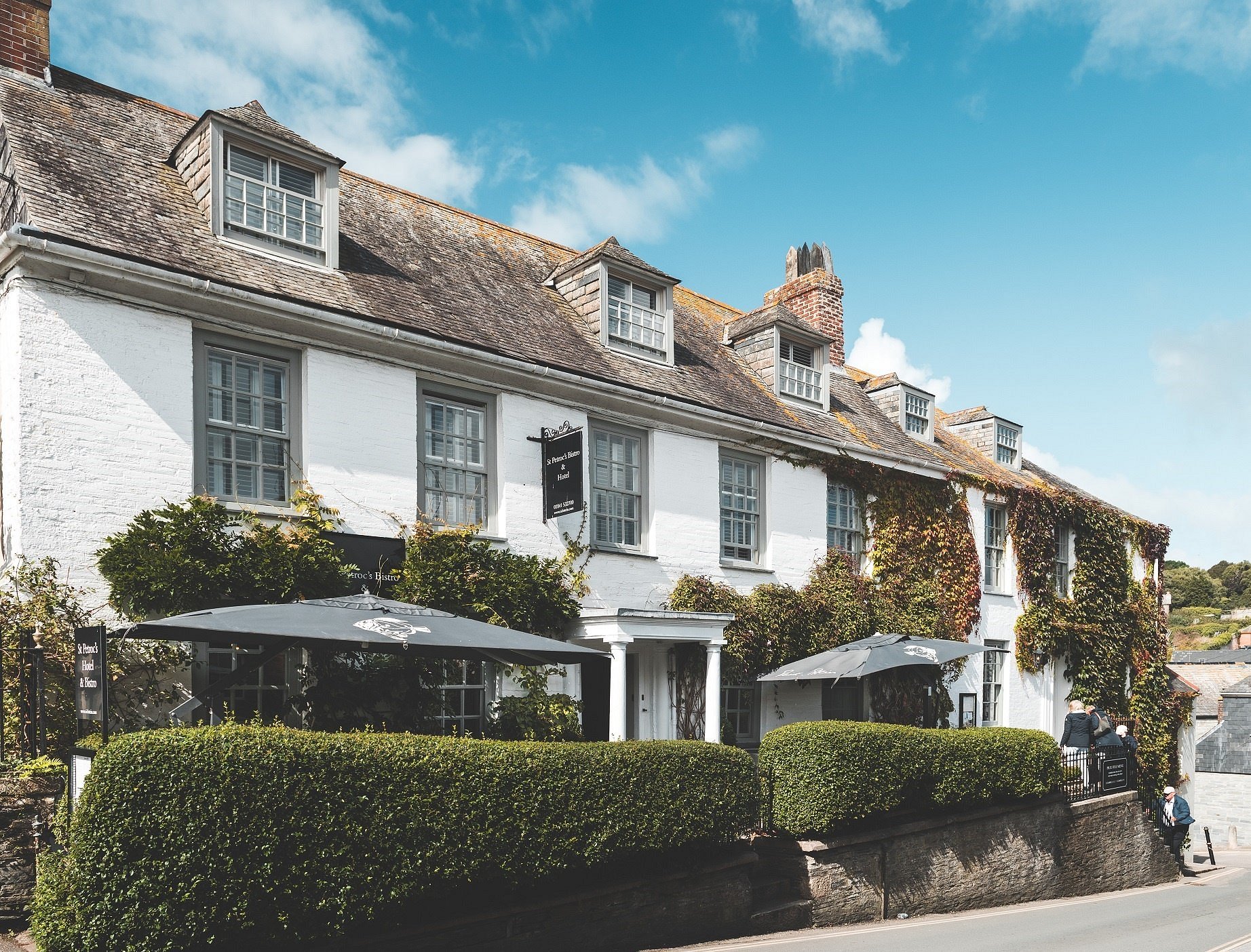
Where to Stay: Accommodation in and Around Porthcurno
Picking the right place to stay made my trip smoother. Porthcurno itself has a handful of cozy guesthouses and family cottages within walking distance of the sand.
If you want more options, nearby villages like Sennen and Penzance offer everything from budget B&Bs to stylish hotels. Booking early is smart, especially in summer, since rooms go fast and prices climb.
Many places throw in extras like breakfast or free WiFi, and some even welcome pets. Ask at tourist information if you need help booking or want last-minute advice.
That local knowledge saved me time and helped me sidestep hassle.
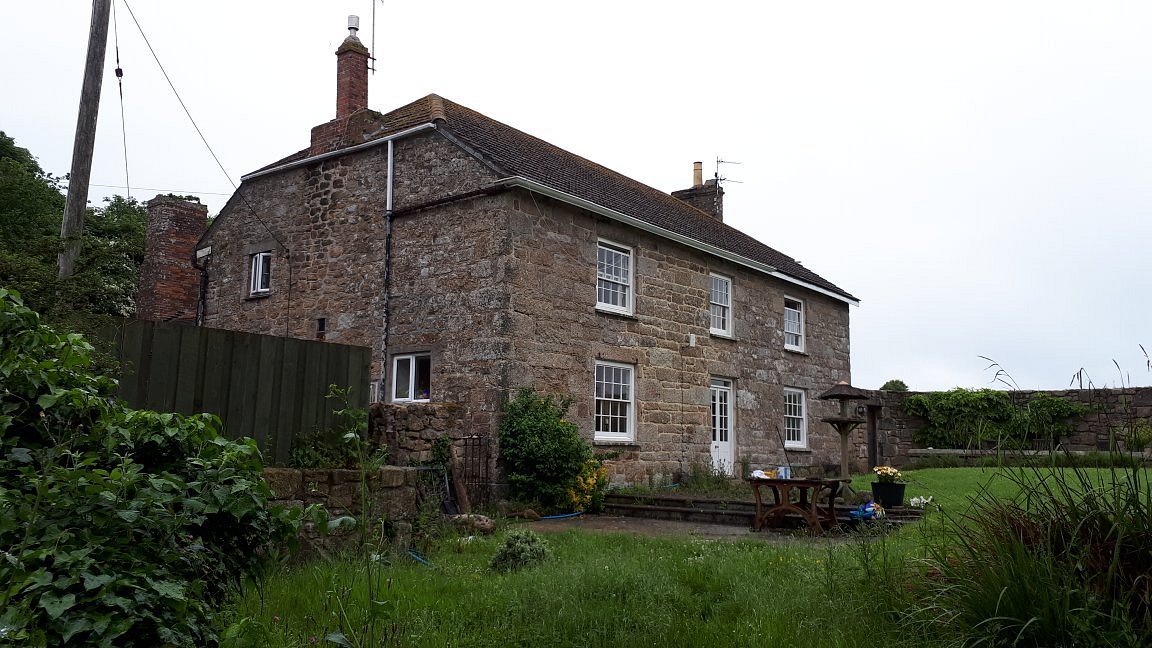
Beyond Porthcurno: Nearby Cornish Adventures
From windswept cliffs to charming harbors and hidden coves, southwest Cornwall is packed with places that feel both wild and welcoming.
Top sights, outdoor trails, and a deep sense of local heritage mean adventure is never far from Porthcurno.
Coastal Gems: Land’s End, St Ives, and the Lizard Peninsula
When I stand at Porthcurno, I can’t help but feel the pull of Land’s End, which sits just a short drive away. England’s most westerly point draws me in with its cliffside paths and endless sea views.
If I get there early, I might spot dolphins or catch sunlight breaking through the morning mist. It feels like a reward for beating the crowds.
A little further north, St Ives buzzes with life. It’s a harbor town packed with art galleries, indie shops, and golden beaches.
The Tate St Ives always tempts me with its changing exhibitions. The harbor’s pasty shops? Perfect for a Cornish lunch.
I like to wander down the cobbled streets. Eventually, I end up sinking my feet into the sand at Porthmeor Beach.
The Lizard Peninsula just feels wild and a bit otherworldly, especially at Lizard Point. Rugged cliffs drop straight into blue water, and the walk to Kynance Cove always rewards me with white sands and turquoise waves.
Local cafes serve Cornish ice cream and crab sandwiches you really shouldn’t miss. The Lizard’s wildlife and quiet hamlets always make it hard for me to leave.

Exploring Further: South West and Isles of Scilly Highlights
Cornwall stretches way beyond its southwest edge. I love road trips up the coast, stopping at Penzance for its gardens.
At Marazion, I’ve crossed the causeway to mystical St Michael’s Mount. Helston, with its famous Furry Dance, surprises me with lively markets.
Falmouth puts its maritime history right up front at the National Maritime Museum. I love watching the harbor’s ferryboats and joining the creative festivals that fill the streets every summer.
Newquay is famous for surfers and family days out. The energy there is contagious.
Padstow tempts me with seafood restaurants and scenic estuary walks. I could eat there every day and still want more.
If I have a bit more time and want to get away from it all, the Isles of Scilly call my name. Ferries from Penzance or quick flights whisk me off to St Mary’s or Tresco, where life slows down beside those clear Atlantic waters.
Exploring quiet lanes by bike or walking past wildflowers feels like a treat. I never forget those days.
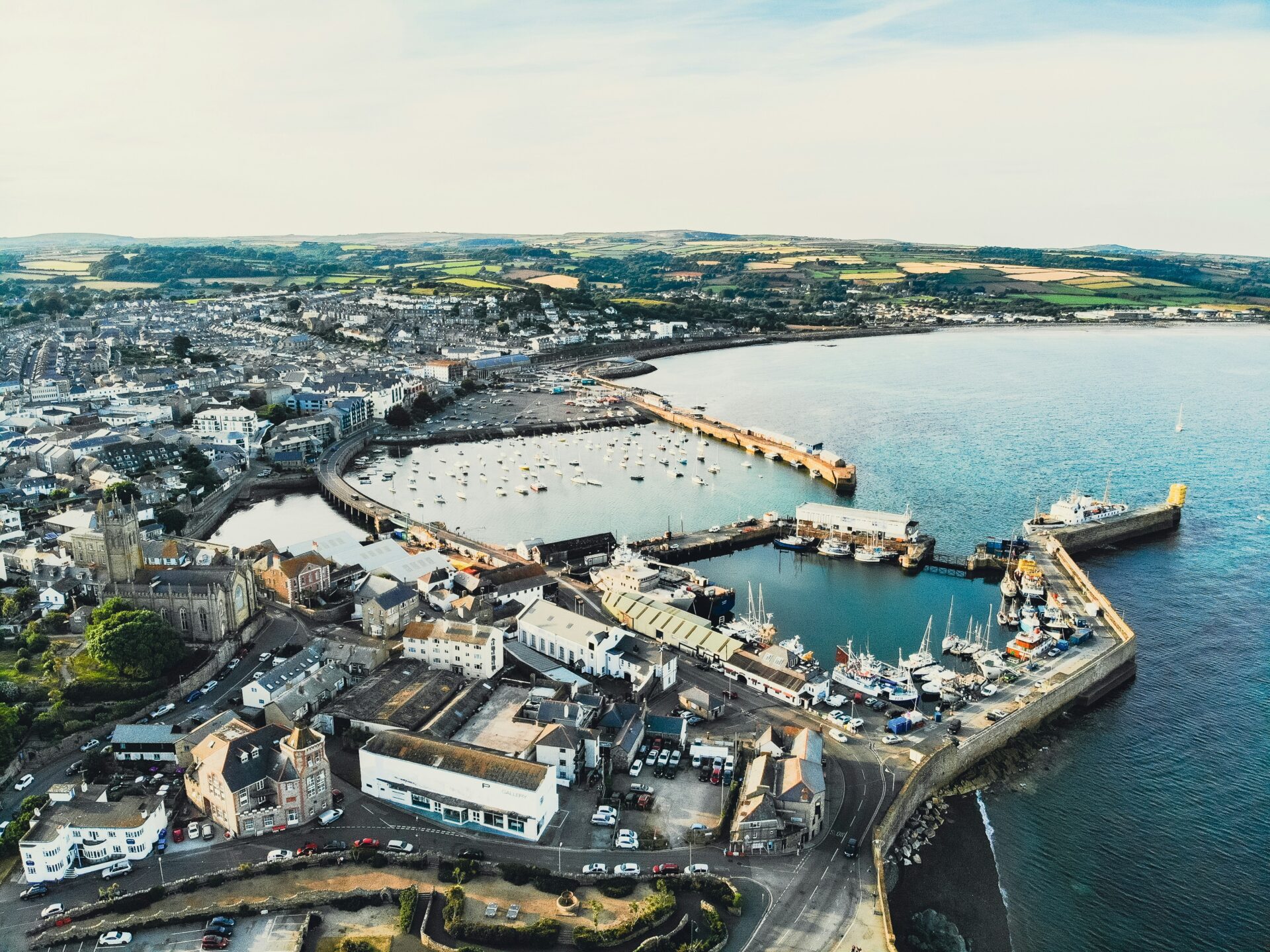
Outdoor Sports, Cycling, and Walking Routes
The South West Coast Path is my go-to for coastal hiking. I love the rugged stretches between Porthcurno, Sennen, and beyond.
If I want rolling countryside instead, the Coast to Coast Walk from Portreath to Devoran takes me through old mining landscapes. Shorter trails branch out from Porthcurno and Minack Theatre, which are great for quick rambles.
I often bring my bike to Cornwall and ride the Camel Trail—it’s flat and scenic, linking Padstow, Wadebridge, and Bodmin along an old railway. When I want something tougher, Bodmin Moor gives me wide, open skies and adventurous cycling.
Outdoor sports pop up everywhere here. I’ve played golf with sea views at St Enodoc and Budock Vean, tried windsurfing and kitesurfing at Hayle, and kayaked on the River Fowey.
Surf schools in Newquay and Sennen have helped plenty of first-timers stand up on a board—including me, though I’ll admit it took a few tries.
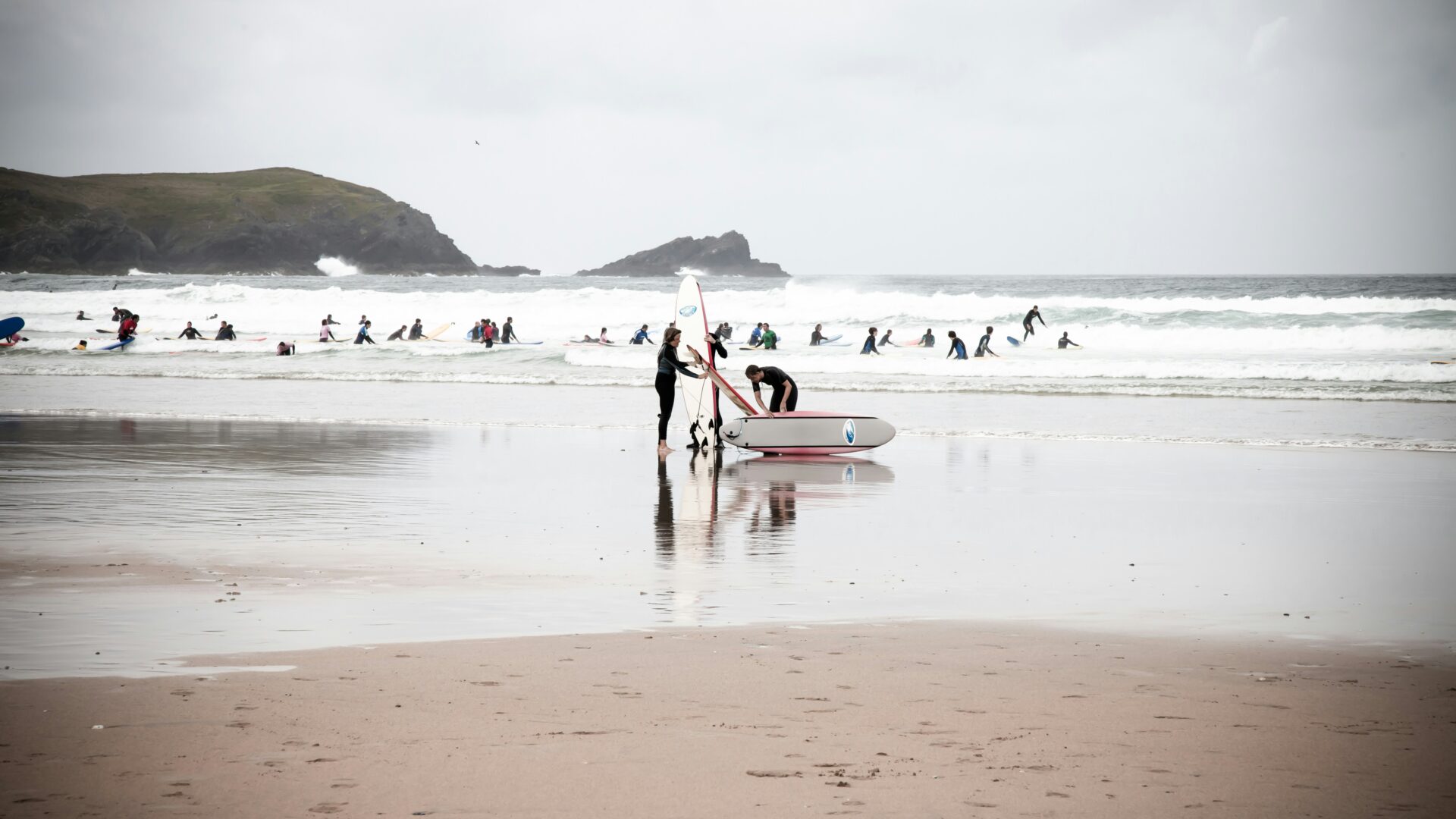
Heritage Attractions and Local Events
Every time I’m in Cornwall, local history just wraps around me. I like to dig deeper at Bodmin Jail, which is now a part museum—stories from the past echo off those thick stone walls.
Bodmin Town Museum always surprises me with its packed displays of artifacts. And the nearby Bodmin and Wenford Railway? I can hop on a steam train and watch the countryside drift past.
I never skip wandering through historic towns like Lostwithiel, which is famous for antiques. Or Launceston, where a Norman castle sits above winding, narrow streets.
Coastal spots like Mevagissey and Looe buzz with fishing boats, and I usually grab some fresh seafood there. Sometimes I’ll just stand and watch the boats roll in at dusk—there’s something about it.
Local festivals keep Cornwall buzzing all year. From Padstow’s May Day Oss to Falmouth’s Sea Shanty Festival, something’s always happening.
Golfers flock to the coastal links, while walkers join up for organized rambles. There’s such a wild mix of events—open gardens, food fairs, you name it. I never leave without a new story or two.

